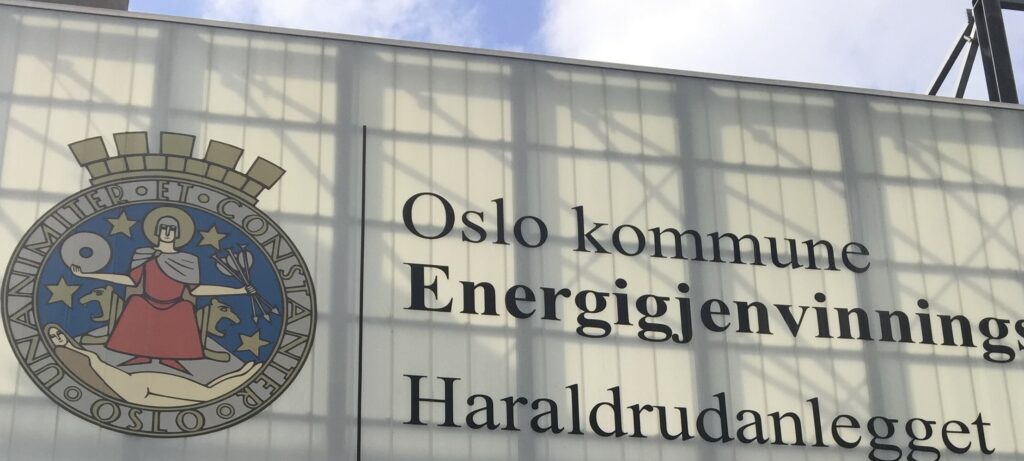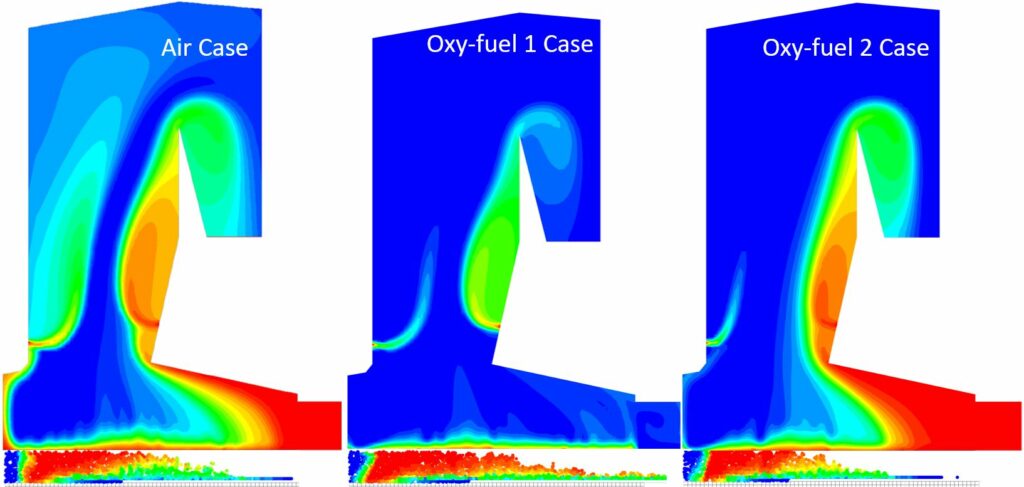08.09.2022
CLIMIT support has come in handy for Oslo’s goal of being climate-neutral by 2030
The world is facing major changes and some Norwegian municipalities want to be leading the way. Oslo is one them. Climate change and waste management are two high-priority societal challenges setting clear targets on waste management and the low-carbon economy for the future.
CLIMIT has provided NOK 8 million in support to CAPEWASTE
The CLIMIT programme is working to adapt to an ever-changing world and support for the waste management industry is one of the new industries seeing more and more applications for support. This is a huge industry with facilities that will have to make both minor and major changes in order to implement CCS. At the EGE Oslo Kommune plant at Haraldrud, there was a need to see what changes had to made for carbon capture to become a reality at the plant for when it undergoes redevelopment in 2030.
The CLIMIT project “CAPEWASTE” has studied the challenges associated with capture technology based on oxy-fuel combustion which uses oxygen instead of air in the waste incineration process. The flue gas from this process is composed entirely of CO2 and steam, something which makes it easy to separate the CO2 simply through the condensation of water. It is an amazingly innovative solution, and no plant like this has ever been built before.

Waste-to-Energy plants can become carbon negative units by using CCS with CO2 capture technology like oxy-fuel combustion.
Carbon capture in the energy recovery sector
Carbon capture from the waste sector is an industrial initiative that addresses these challenges with the added potential for being carbon negative. Implementation of CCS at the new Haraldrud plant has been boosted by the positive results from the full-scale CCS feasibility study carried out by Gassnova, as well the infrastructure to transport the CO2 to the Port of Oslo and then to the offshore storage sites in the Smeaheia area, which is set to be operational by 2024.
R&D partner SINTEF Energi carried out an experimental study of how to efficiently burn household waste in an oxy-fuel combustion atmosphere and then how to scale up the technology through the help of numerical simulation. Through close international collaboration with partners at an associated project (NuCA) in Germany, the technology has been further tested at pilot scale. The results have been exchanged across borders.
- “It’s really fantastic that we built this partnership with Germany, which has been a key CCS partner in Europe also through, the ACT project NEWEST-CCUS, which began in 2019,” says CLIMIT special advisor Åse Slagtern. “This also highlights the significance of this CLIMIT project could have for the waste management industry all over the world. Opportunities are there.”
Decisions based on research experience
After the end of three years of research, the project has resulted in increased expertise for all project partners in what is an immature capture technology. For the owner of the plant, the project provides a good foundation for making evidence-based decisions about the opportunities and potential for using oxy-fuel capture technology at the future Waste-to-Energy plant at Haraldrud.

Oxy-fuel combustion: a novel CO2 capture technology for Waste-to-Energy plants.

The CapeWaste project assessed oxy-fuel combustion as a new CO2 capture technology for Waste-to-Energy plants.
